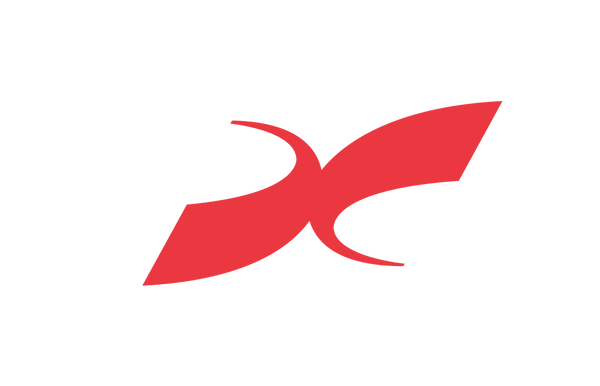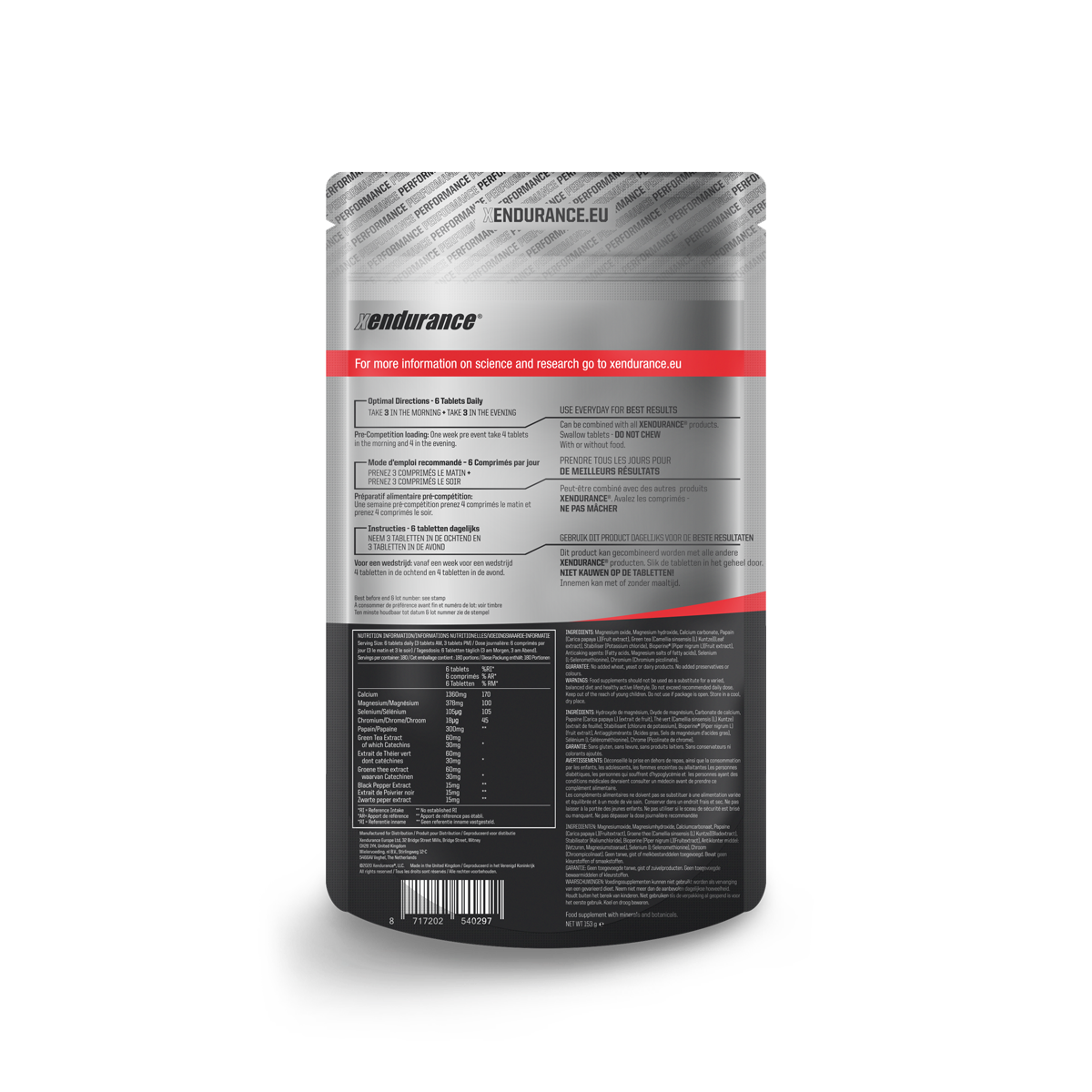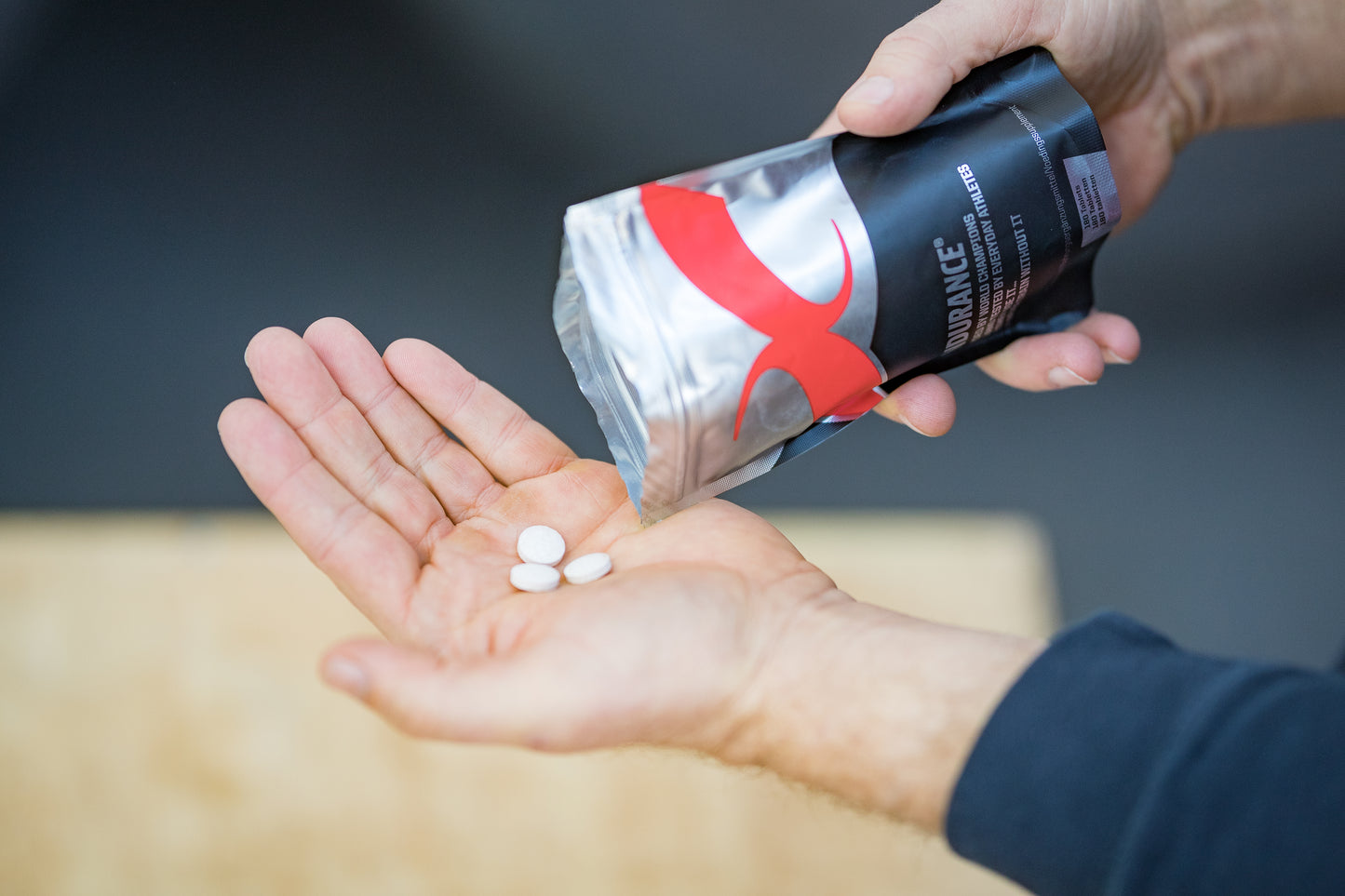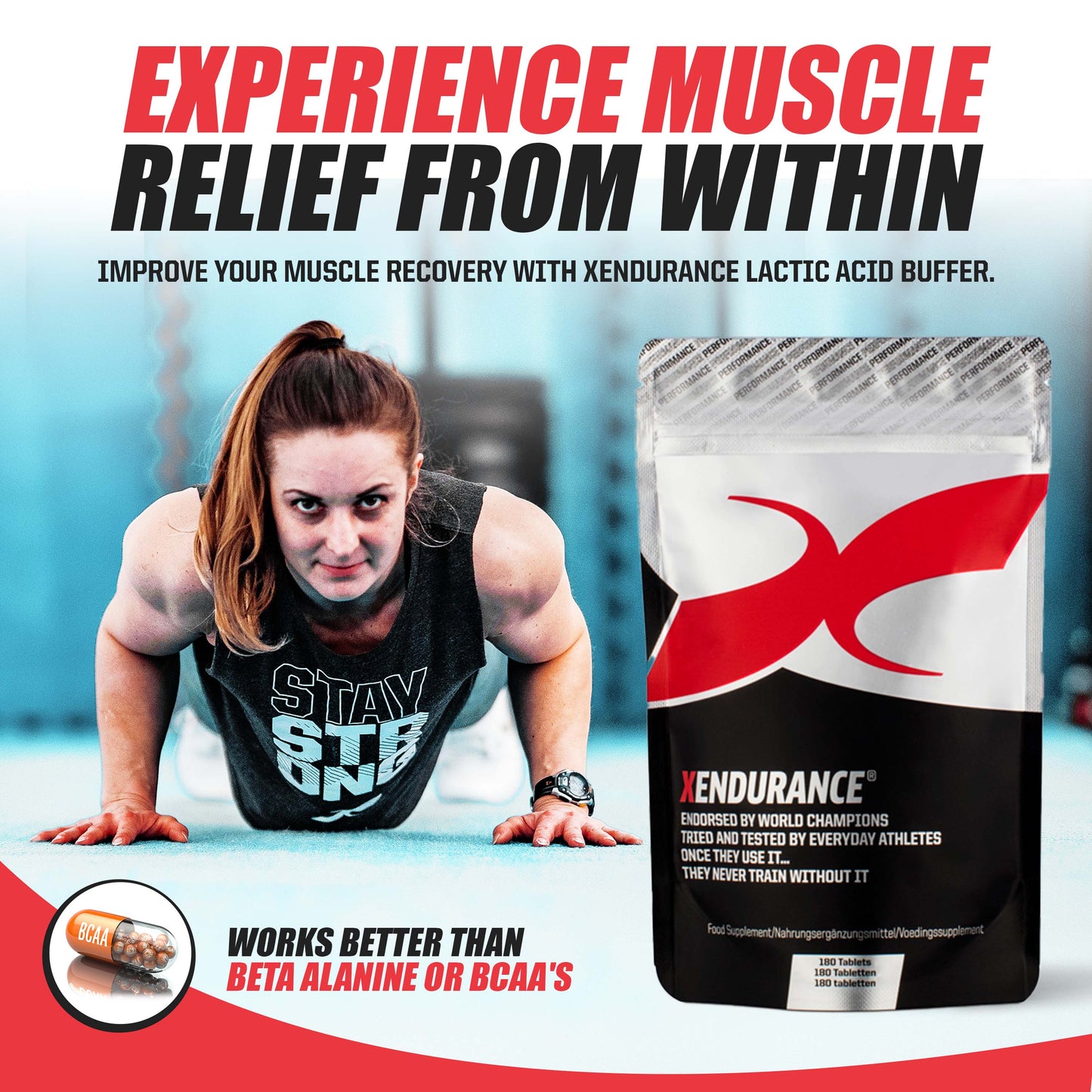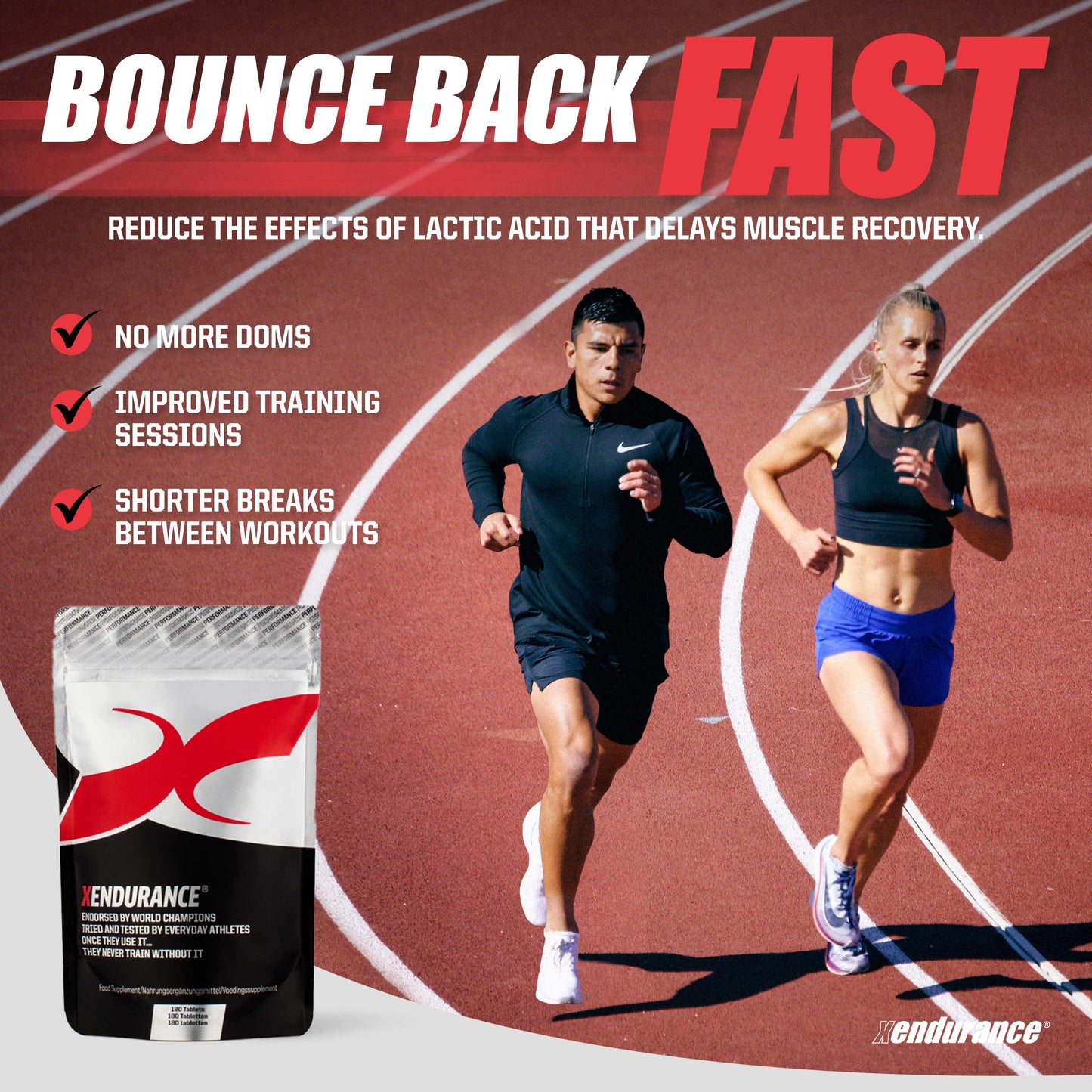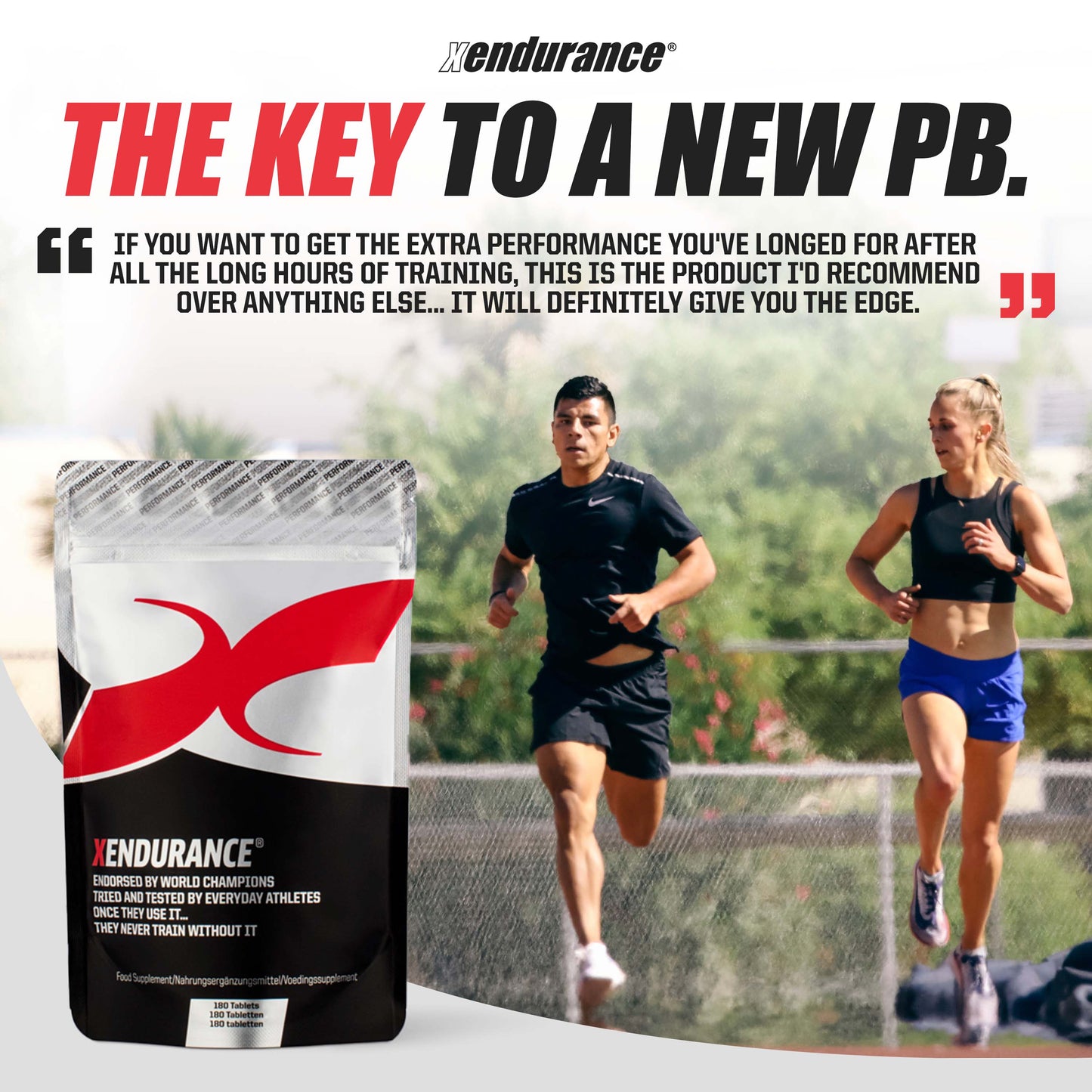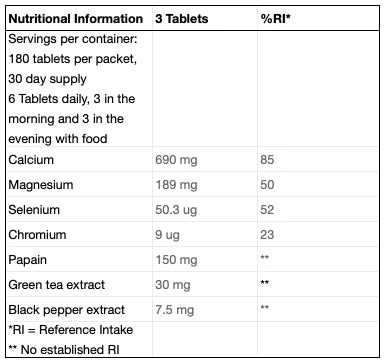Time-crunched triathletes rarely lack endurance, but many lack the speed necessary to be competitive. That’s why we need to pay special attention to speedwork—early on and throughout the season—rather than reserving it for race-specific training in the weeks prior to a goal race.
It may sound counter-intuitive that endurance is not typically a limiter for time-crunched athletes, since endurance is most frequently associated with high volume. But this year’s time-crunched athletes are often last year’s high-volume trainers, and even if their high-volume period ended a few years back, most athletes who have stayed reasonably active have retained the aerobic endurance necessary to compete in sprint and Olympic-distance triathlons. Absolute beginners and athletes entering triathlon from running and cycling will need to focus on endurance and skill/technique first. But for the reasonably experienced and now time-crunched triathlete, speed trumps endurance in terms of training priorities.
For a long time athletes have reserved speedwork for race-specific preparation after building base aerobic and lactate threshold fitness. But high-intensity intervals are one of the key catalysts for increasing the size and number of mitochondria in your muscle cells—and more carbohydrate- and fat-burning mitochondria mean an increase in the workload you can sustain before reaching lactate threshold. Increased mitochondrial density also means you can reintegrate lactate into normal aerobic metabolism more quickly, and thus recover faster from surges over lactate threshold.
Think about early-season interval training as a booster for the endurance and lactate threshold training you have in the pipeline. A relatively short block (three weeks) of VO2max training improves your ability to process lactate and increase your tempo run pace. It effectively bumps you up a level so that you start your blocks of threshold training from a faster pace.
While increasing mitochondrial density will
improve performance in all three components of triathlon, your run training is the best place to apply this idea. The workouts can be short, the added intensity and workload can be absorbed without leading to injury, and the specificity of running speedwork translates well into faster race-day splits. The place you’re really going to notice the difference is in the pace you can sustain during the run leg, especially when you push yourself to go for a PB or a podium spot.
What does an early-season block of VO2 max run training look like? One fartlek set and one track workout per week, which typically means removing one lactate threshold run workout and retaining your weekly long endurance run. The fartlek intervals should be done at 98–108 percent of your 5K pace, and over varied terrain to best match the changing demands of race courses. The track workout will be more controlled, and the intervals will be shorter and faster. The intensity for the 800-metre intervals should be as fast as you can maintain without dropping more than 15 seconds from the previous interval. In other
words, it’s better to be consistent across the 800s, rather than starting out super fast and running endurance pace for the last one.
These workouts would be for your first week of the three-week block. For the second and third weeks of the block, add volume at intensity by increasing the number of intervals in the main set.
Early season fartlek workout
-
Warm up 10 minutes easy
-
Complete 5 x 20 second running strides with 1 minute easy running between each
- 6 x 2 minutes at 98-108% of 5km race pace with 2 minutes easy running for recovery between intervals
- Cool down 10 minutes easy
Early season track workout
- Warm up 10 minutes easy
-
Complete 5 x 20 second running strides with 1 minute easy running between each
- 5 x 800 metres with 3 minutes easy running recovery between intervals
